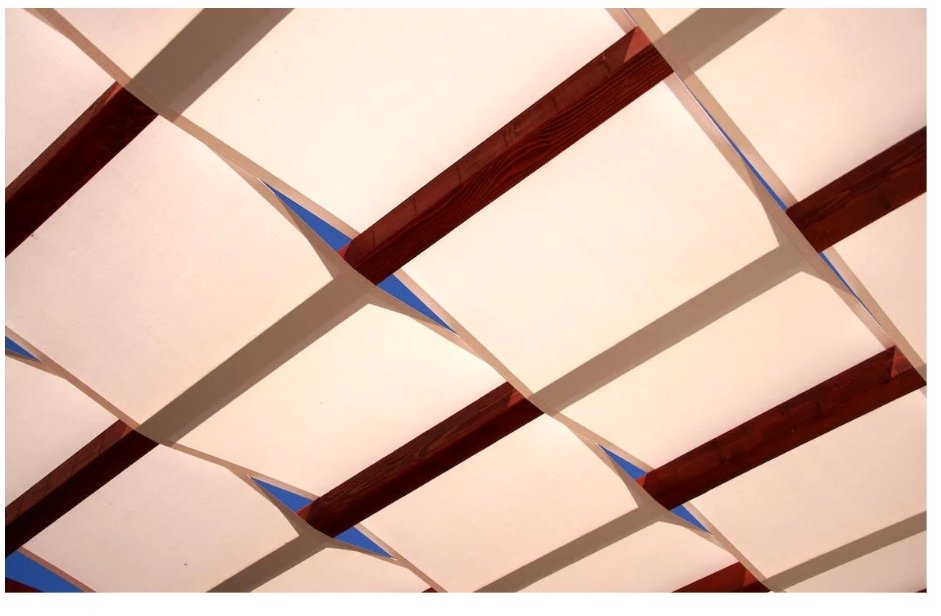When it comes to maintaining a comfortable and energy-efficient home, proper roof ventilation often goes overlooked. However, it plays a vital role in preserving the structural integrity of your house and ensuring a healthy living environment. Today, we will explore the importance of proper roof ventilation and how to spot potential problems.
Roof ventilation is the process of allowing fresh air to enter and exit the attic space, ensuring a continuous flow of air. Here are a few key reasons why proper roof ventilation is crucial:
- Temperature Regulation: During hot summer months, attics can become extremely hot, reaching temperatures of up to 150 degrees Fahrenheit. Without proper ventilation, this heat buildup can transfer to the living spaces below, making your home uncomfortable and increasing the workload on your cooling system. With adequate ventilation, hot air is expelled, reducing the strain on your air conditioning unit and helping to maintain a more consistent indoor temperature.
- Moisture Control: Moisture is a common problem in attics, whether it’s from condensation, leaks, or high humidity levels. Without adequate ventilation, this excess moisture can lead to mold growth, rotting wood, and damage to insulation. Proper ventilation helps to remove moisture, preventing potential health hazards and costly repairs down the line.
- Energy Efficiency: A well-ventilated roof can significantly impact your energy consumption. By expelling hot air during summer and preventing condensation and ice dam formation in winter, proper ventilation reduces the need for excessive heating and cooling. This, in turn, lowers your energy bills and helps to minimize your carbon footprint.
Now that we understand the importance of proper roof ventilation, let’s explore how to spot potential problems:
- Excessive Heat: If your home feels excessively hot during summer, it could be a sign of poor ventilation. Pay attention to the temperature in your attic as well. If it’s significantly hotter than the outside temperature, there may be inadequate airflow.
- Moisture and Mold: Check for any signs of moisture or mold growth in your attic. Dark spots, musty odors, and damp insulation are all red flags that your roof ventilation may be insufficient.
- Ice Dams: In colder climates, ice dams can form on the roof, leading to water leaks and potential structural damage. If you notice icicles hanging from your eaves or a buildup of ice on your roof, it could indicate poor ventilation.
- Excessive Energy Consumption: If your energy bills are consistently high, despite proper insulation and efficient appliances, inadequate roof ventilation could be a contributing factor. The strain on your HVAC system due to temperature imbalances may be driving up your energy usage.
- Shingle Damage: Improper ventilation can cause shingles to deteriorate prematurely. If you notice cracked, curled, or missing shingles, it may be due to excessive heat buildup in the attic.
If you identify any of these signs, it’s essential to address the ventilation issues promptly. Consulting with an expert in roofing in Phoenix, Arizona or an HVAC specialist is recommended to assess the situation accurately and recommend the best course of action.
Proper roof ventilation is a critical aspect of maintaining a healthy and energy-efficient home. It helps regulate temperature, control moisture, and minimize energy consumption. By being aware of the signs of poor ventilation, you can take proactive measures to ensure your home’s ventilation system is functioning optimally. Don’t overlook this vital aspect of home maintenance, as it can have a significant impact on your comfort, health, and financial well-being in the long run.


